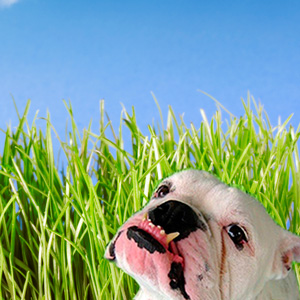 If your lawn is dull, yellowing and lifeless it may be due to an excessive amount of thatch. Thatch is a layer of dead stems, roots and clippings between the soil’s surface and the green vegetation, which can deprive your lawn of vital nutrients. A thatch layer of one-half inch or more also prohibits water and air from entering the grass roots and provides the perfect breeding environment for insects and disease. A simple process called dethatching provides the best solution to thatch build-up and can restore an unhealthy yellowing lawn.
If your lawn is dull, yellowing and lifeless it may be due to an excessive amount of thatch. Thatch is a layer of dead stems, roots and clippings between the soil’s surface and the green vegetation, which can deprive your lawn of vital nutrients. A thatch layer of one-half inch or more also prohibits water and air from entering the grass roots and provides the perfect breeding environment for insects and disease. A simple process called dethatching provides the best solution to thatch build-up and can restore an unhealthy yellowing lawn.
Dethatching is a process that mechanically removes accumulated thatch using steel flail blades or rigid wire tines to lift thatch debris to the surface for removal. Once this build up is eliminated, air, water and nutrients can flow freely to the roots, rejuvenating a yellowing lifeless lawn.
Dethatching may cause some minor damage to the turf, or browning for a short period after using a lawn comber. To expedite the recovery of the lawn, all thatch should be removed. Fertilizer and herbicide should then be applied to prevent the growth of weeds while replenishing vital nutrients that the lawn needs to regain its green, lush appearance.
- Thatch is a dense mat of roots, stems and grass clippings that accumulates between the soil and growing blades of grass.
- Combing with flail blades, delta reel blades or spring tines will effectively remove thatch buildup.
- With thatch removed, air,water,nutrients, herbicides and pesticides can do their job. Turf becomes healthier and more resistant to insect damage and disease.
- Dethatching at regular intervals promotes denser growth and ensures you’ll have a vibrant lawn.